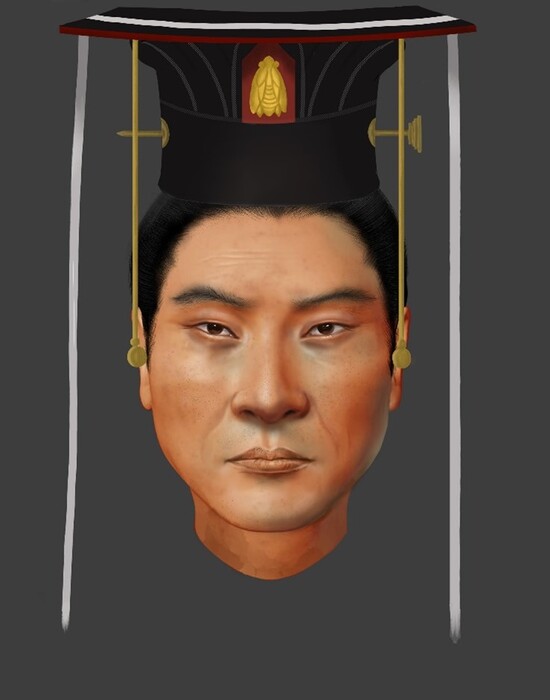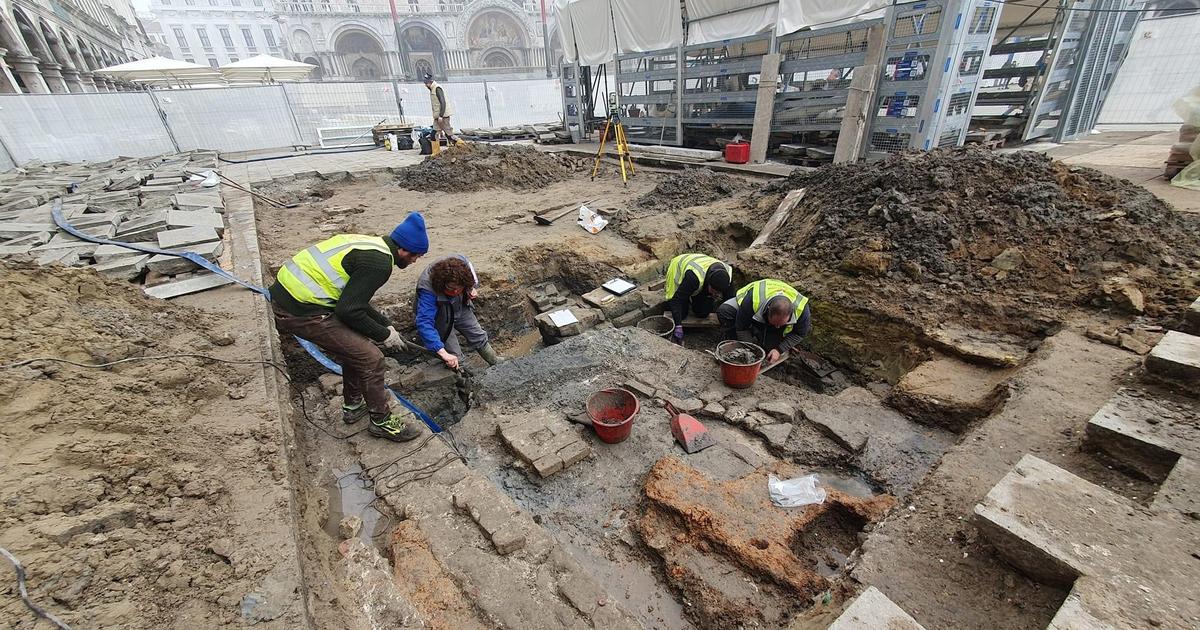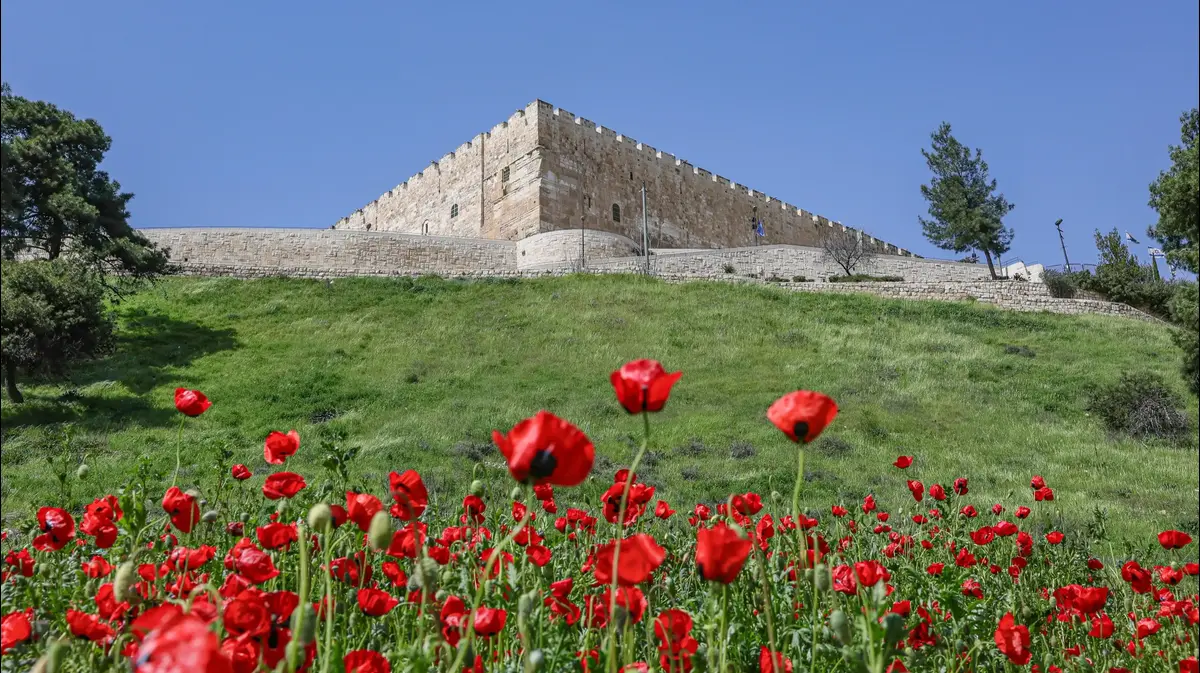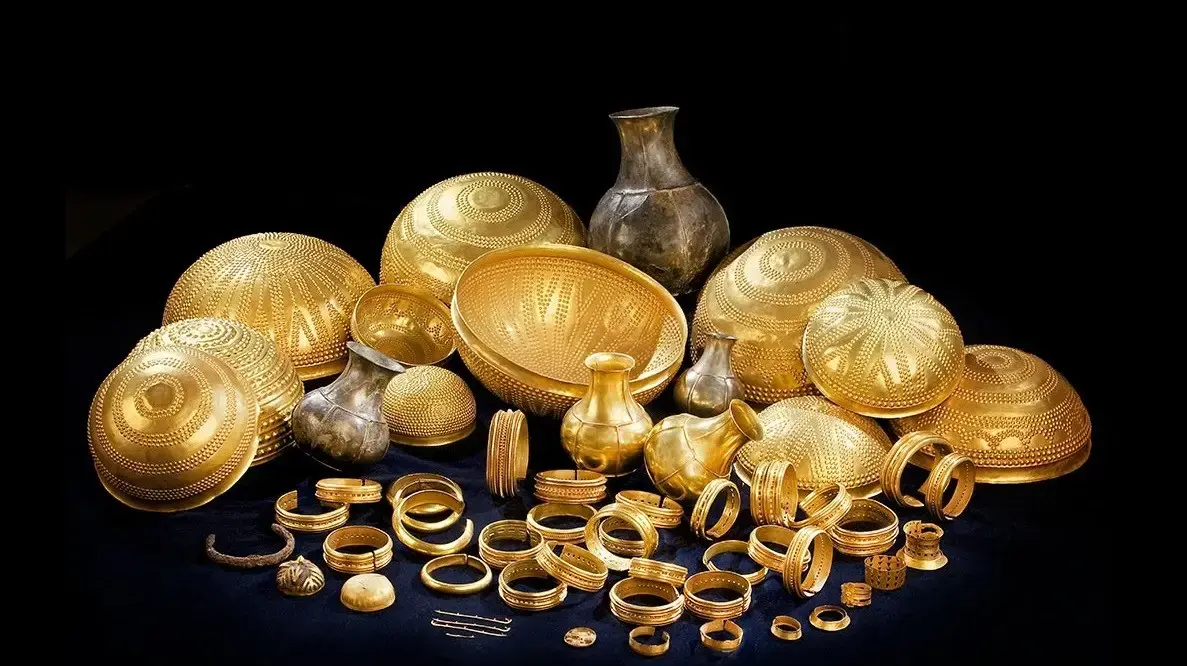Enlarge image
Ceramic vessels are on display at the Israel Antiquities Authority in Jerusalem: the vessels in the tombs were said to have been used for ceremonial meals
Photo: Atef Safadi/EPA
Israeli researchers have found traces of opium in ceramic vessels from an ancient burial site that are around 3,500 years old.
It is the earliest known evidence of human opium use, according to a statement released on Tuesday by the research institutes involved, Tel Aviv University, the Weizmann Institute and the Israel Antiquities Authority.
In 2012, the Antiquities Authority conducted a salvage excavation at the Tel Yehud site before housing was built there, the release said.
During the excavation, several Canaanite graves from the late Bronze Age were found with grave goods: vessels that were supposed to accompany the dead to the afterlife.
Among the pottery, a large group of vessels, apparently made in Cyprus and referred to in the study as 'base-ring jars', has stood out.
These vessels, which have been known for a long time, resemble poppies when closed and upside down.
That is why, as early as the 19th century, the hypothesis arose that they were used as ritual vessels for the drug, according to the statement.
The scientists found what they were looking for in eight vessels and were able to detect opium residues.
According to the statement, this is the earliest known evidence of hallucinogen use in the world.
"This research revitalizes a decades-old discussion about the presence and function of the opium trade in a cultural region of paramount importance in the Ancient Near East, and about the use and role of base ring jars during the Late Bronze Age," the authors write in the study.
It was published in the journal Archaeometry.
Burial in ecstatic state
The vessels of opium "were apparently used in local funeral rites," the statement said.
This find confirms historical writings and archaeological assumptions that opium and the opium trade played a central role in Middle Eastern cultures.
Hundreds of tombs dating from the 18th to 13th centuries BC have been discovered in Tel Yehud, said Ron Beeri of the Antiquities Authority.
"No written sources have yet been discovered that describe the precise use of narcotics in funeral ceremonies, so we can only speculate as to what was done with opium."
Most of the deceased are adult men and women.
The vessels in the tombs were used for ceremonial meals and rites - the dead were then seen as participants in these meals at the tomb.
During these ceremonies, performed by family members or by a priest on their behalf, participants may wish to awaken the spirits of their dead relatives, perhaps to make a request.
For that, they might have put themselves in an ecstatic state by consuming opium, Beeri said.
Alternatively, it is possible "that the opium placed next to the corpse was intended to help the spirit of the deceased rise from the grave in preparation for meeting loved ones in the next life."
Vanessa Linares of Tel Aviv University said it was "the only late Bronze Age psychoactive drug found in the Levant."
In 2020, researchers found traces of cannabis on an altar in Tel Arad.
These, however, date from the Iron Age and are therefore several centuries "younger" than the opium from Tel Jehud.
The opium apparently came from what is now Turkey and was brought to Canaan via Cyprus.
"This shows the importance attached to the drug," Linares said.
ani/dpa






/cloudfront-eu-central-1.images.arcpublishing.com/prisa/VU7S6EWZZVMMDGHINQUMAFJHCE.jpg)

/cloudfront-eu-central-1.images.arcpublishing.com/prisa/3TOQKX7CUJEMHBMHIA7GJRIXC4.jpg)